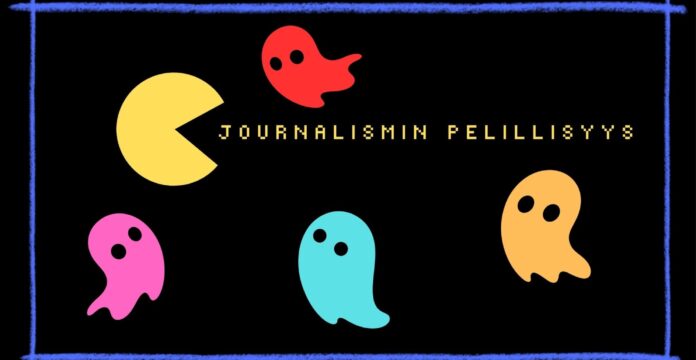The prolonged recession that seems to be now passing by, a dwindling working-age population and industrial restructuring have had prolonged negative impact on public debt. Regional dependency ratio challenges are partially regional in their nature: for example, in some areas, population is growing old causing extra eldercare costs, whereas in other areas high birth rate may turn in to increased expenses. Because challenges are heterogeneous, we are in need of more individual, diverse and tailor-made social, health and welfare service production toolbox to serve our population. At the same time, studies show that there are great regional differences in efficiency to produce social and health services. Everything suggests that reform in social and health sector is needed.
The state and regional authority driven constructing service structure reform of the health and social services is also known as the Sote. In the heart of this project is the reorganization social welfare and health sector structure. The aim of the restructure is to reduce the regional differences in production of services and to improve availability of services in cost-friendly manner. To sum it up: to better the customer equality in social and health sector without growing expenses. According to up-to-date time-table, the national eighteen counties will be responsible to produce these updated social and health care services from 01.01.2020 onwards. The Sote reform has not, however, gone unchallenged, on the contrary. Among the frenzied criticism, there has been ground-breaking question: is the long brainstormed reform in line with constitutional law.
There a several widespread questions in air. How this reorganization affects employees? What is the final timetable? What are the forthcoming changes? What is the outcome of reform? Does the Helsinki-driven urban Sote munity have an impact? Is there something concrete information to be passed on? It seems that the Sote reform is still in status “in construction” and the political climate on topic is more than heated. And at the same time, research studies on management of change argue that more often than not, reorganization projects are failures. It is not coming as surprise, that the long-debated Sote reform has caused widespread insecurity especially among people who are working in social and health sector. Employees face the reform differently: some may consider the Sote as great opportunity, other maybe afraid of their personal future in this Sote structure. Among foremen, it has to be art to manage the change and employees in Sote level.
Is the Sote reform manageable? In governmental and political level, there are great expectations and expected avenues to better services attached to the Sote reform. One cannot, however, create and govern future without unexpected uncertainty factors, especially in this magnitude level. The Sote reform is still, for example, searching best practices to serve and guarantee equal-quality services regionally. In this Sote world of insecurity and “great failure expectance percentage”, one of the major tasks is to manage and govern the change in ground level. In my thesis I will centre on change in the Sote reorganization in management and operative level. I will investigate the Turku Sote example as a case study on preparation on change.
We are in need of operative methods and strategic objectives to manage the future change. I am interested in to examine what change management and coaching skills serve best the Sote reorganization? In my thesis I will centre on preparation and getting ready on change in the Turku Sote reform level. One need to be aware, what kind of management and leadership we are in need of when we are facing reorganization in the Sote reform and how these methods can be grounded and solidified? Do we need depth and tailor-made change management education and coaching? Does the change management education requirement differ among employees in the field of welfare and health care sectors? Do we need many different kinds of coaching methods in change management?
Jaana Halin
Head of Planning / Doctoral student
Public Management



